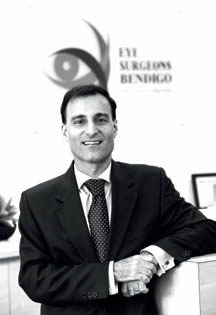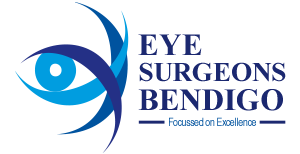 Vision correction surgery, or refractive surgery, corrects blurry vision in people with an optical defocus where the health of the eye is otherwise good.
Vision correction surgery, or refractive surgery, corrects blurry vision in people with an optical defocus where the health of the eye is otherwise good.
Writer: Dr Farok Irani (MBBS, Dip Anat, FRANZCO - eye specialist at Eye Surgeons Bendigo
The vision correction procedure refocuses the eye giving good crisp vision without needing glasses or contact lenses.
What is it refractive surgery?
Refractive surgery is used to correct refractive errors. It is a surgical procedure on the eye to correct the defocus and hence reduce or eliminate the use of glasses and contact lenses.
Why do my eyes need glasses to see clearly?
Some eyes have a refractive error, which is the inability for the eye to focus light properly and hence vision is blurry and reduced. Using glasses and contact lenses will compensate for this.
Types of refractive errors:
Myopia – far (distance) vision is blurred.
Near vision good.
Hyperopia - far (distance) and maybe also near vision is blurred
Astigmatism – uneven shape of the cornea causing blur.
Presbyopia – near vision becomes compromised with age
There are two main types of surgery:
Surgery on the Cornea with laser and
Surgery inside the eye.
1. Surgery on the cornea
Alters the shape of the cornea (the cornea is the transparent dome at the front of the eye). It then corrects the defocus so afterwards light entering the eye is sharply focused at the retina and images are clear. Simplistically, think of it as imprinting the glasses prescription on the eye. Not all eyes are suitable for laser corrective surgery (eg LASIK, PRK ) as some corneas have the wrong shape, or are too thin, or have had previous scarring form other causes. Moreover, it usually only corrects distance vision and is limited in treating hyperopia and astigmatism.
2. Inside the eye
A corrective lens is placed inside the eyelike a contact lens only it is inside. This sharpens the vision. Once inside, it needs no replacing. These lenses are implanted inside the eye through a small incision. They either sit in front of the pupil or just behind it. They can correct all refractive errors and especially the tricky eyes with lots of astigmatism or large amounts of myopia/hyperopia. Or the natural lens is removed from the eye and is replaced by an artificial lens and thus the eye is once again properly focused to generate clear vision.
Which procedure is better?
This depends on the actual eye, age of the patient and the type of refractive error. Your surgeon will guide you on the most suitable procedure.
What is brought into focus?
Most procedures aim to give good, clear, sharp distance vision. So, driving, watching television, playing sport, socialising and so forth can all be done without glasses.
Some procedures can give both good distance and near vision. So, it is not just the far activities that are clear, but also reading and computer use (close vision) can be performed without glasses.
Eye Surgeons Bendigo are highly respected and trusted experts in the field of refractive and cataract surgery.

